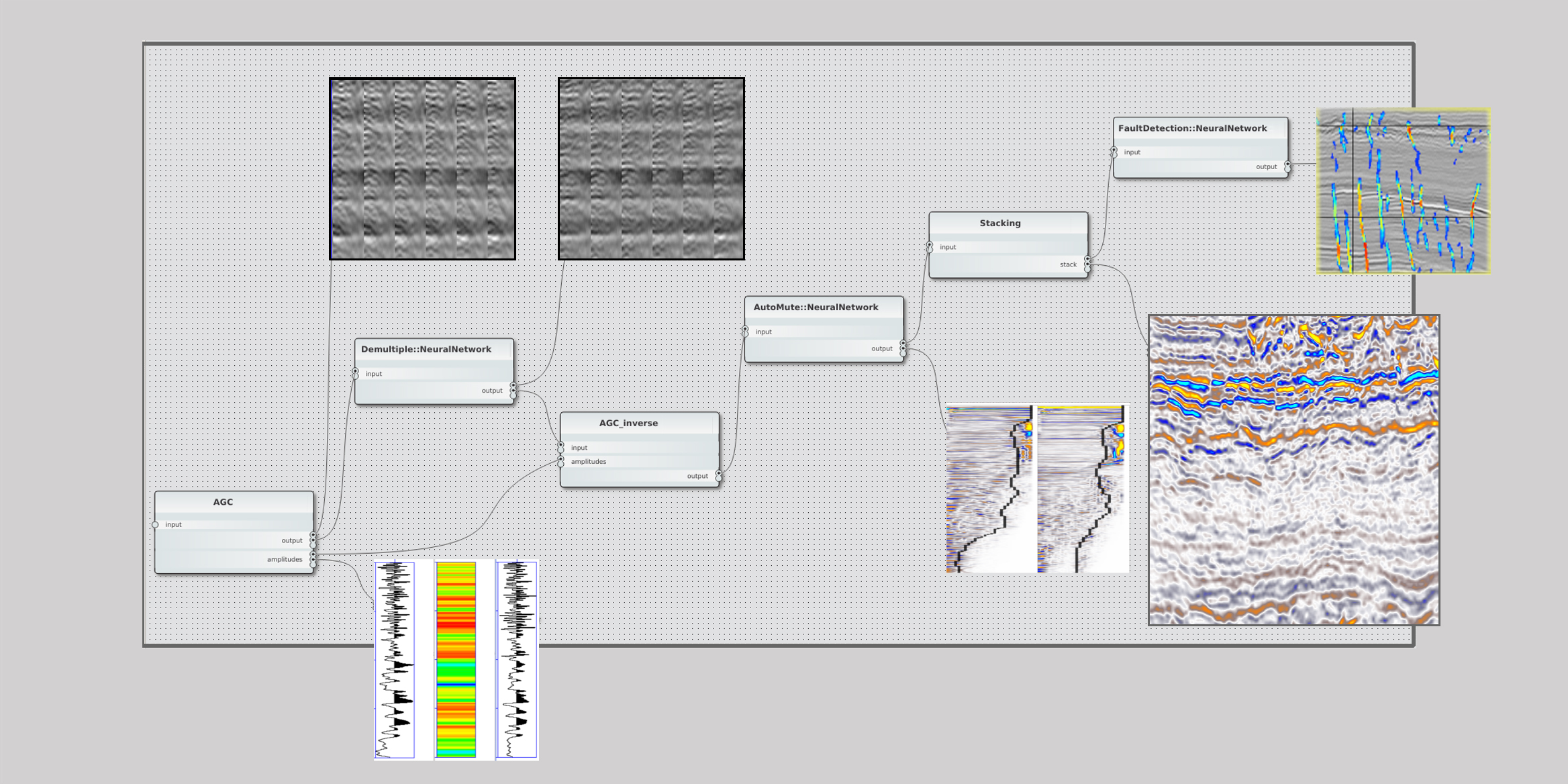Complex computations on ever-growing amounts of data are characteristic challenges for seismic data processing. ALOMA is a failure tolerant runtime system that helps dealing with these challenges by executing workflows on large-scale distributed systems. As survey areas are getting larger and larger, computer systems have to adapt as well to process larger amounts of data. Using distributed resources in an efficient way is therefore crucial.
Changing hardware systems, however, are forcing geophysicists to learn about HPC techniques in order to efficiently run their software on large-scale systems. Thanks to ALOMA, they can again focus on their area of expertise and don't have to bother with parallelization, multi-threading, and other challenges in high-performance computing. Our software system takes care of the efficient execution of the algorithms – even on large scale and heterogeneous systems.

